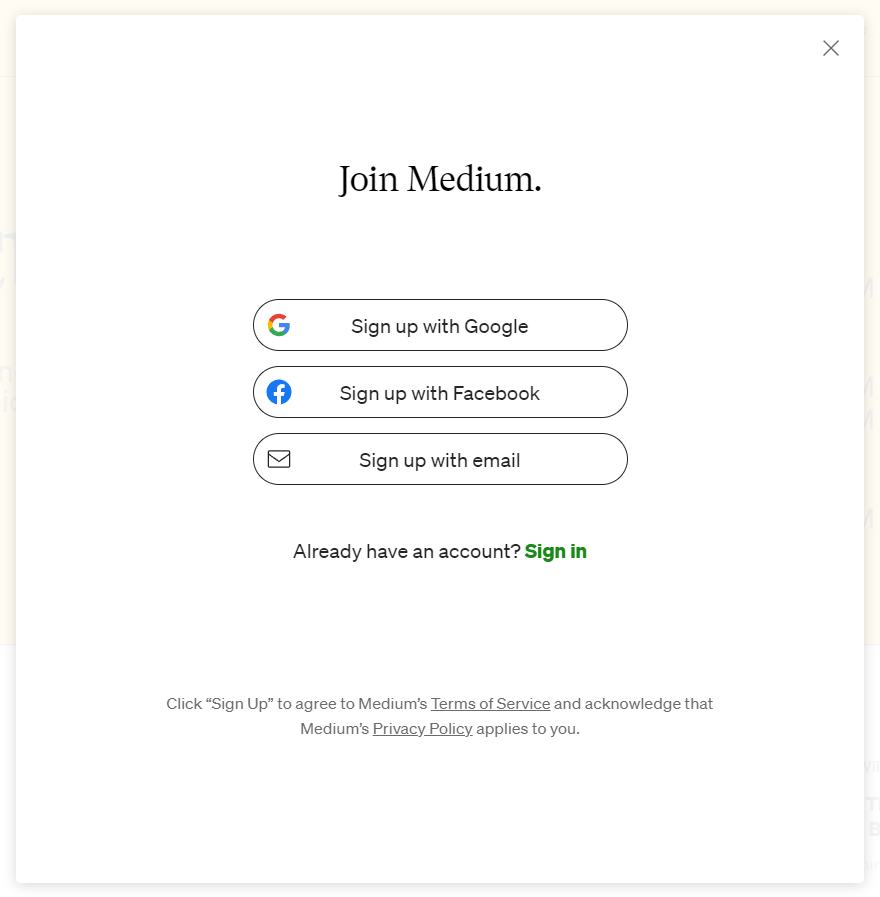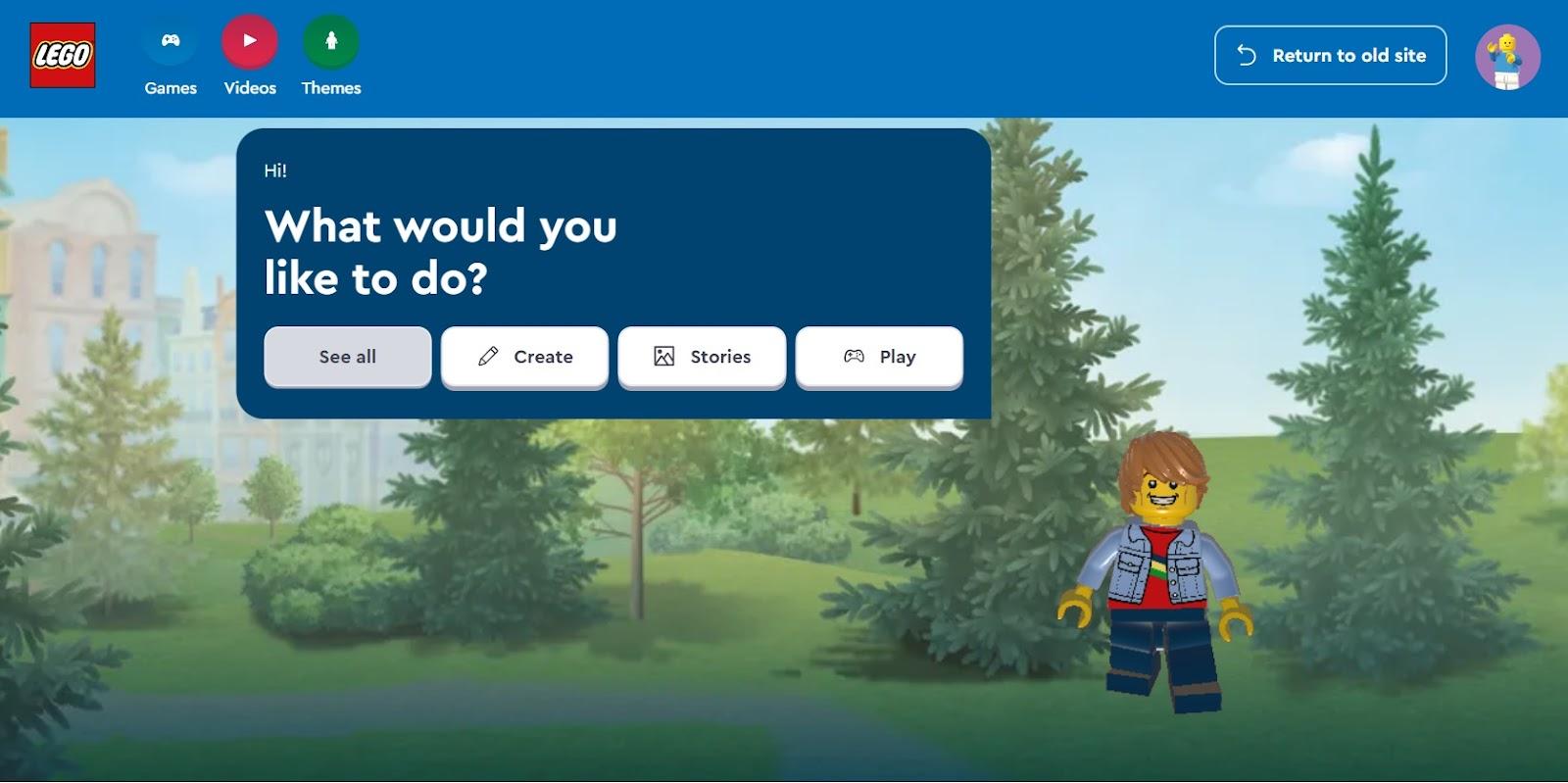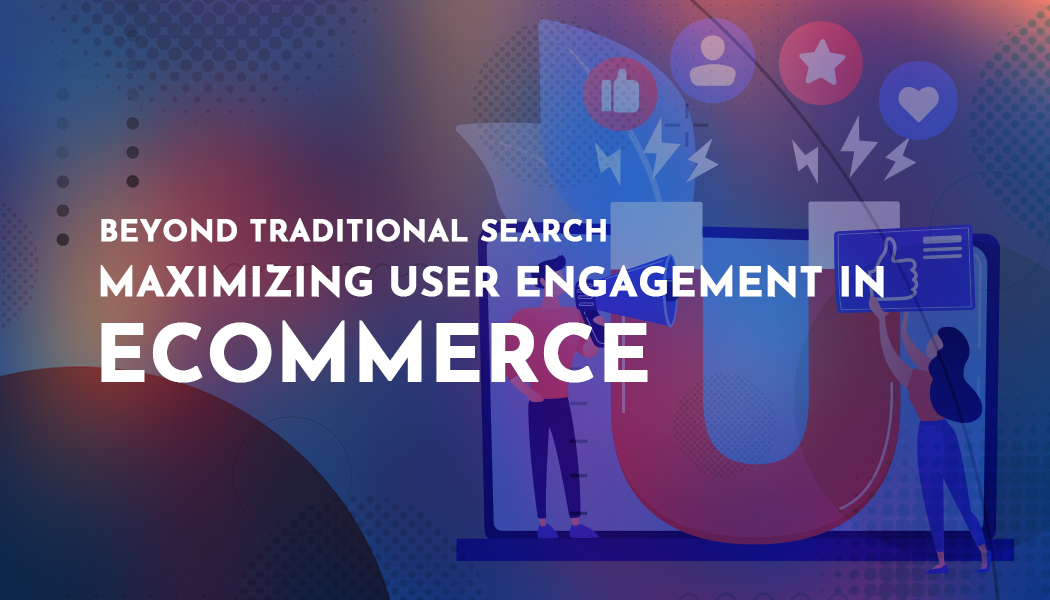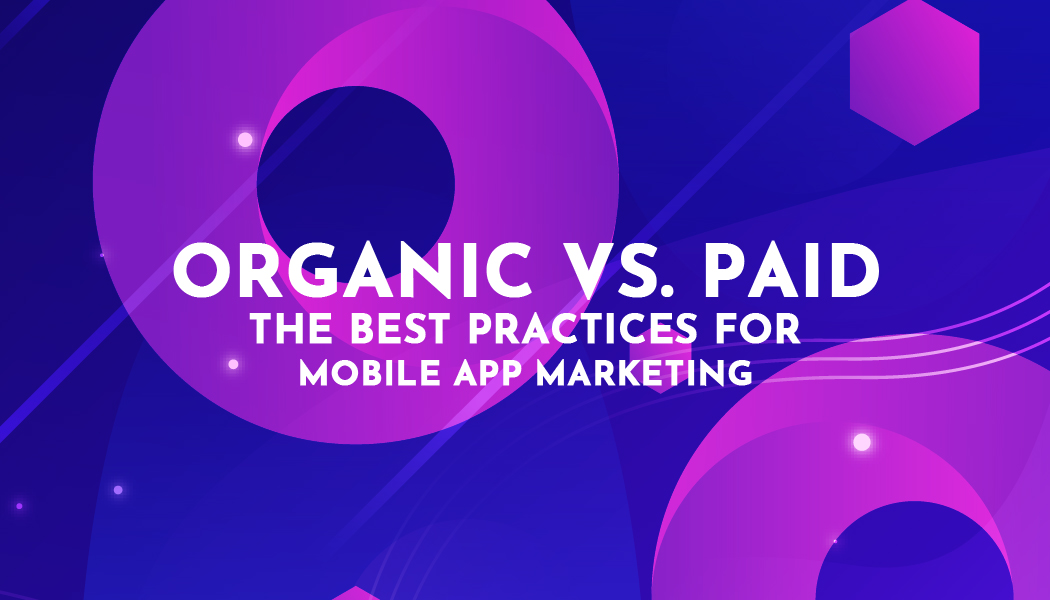Beyond Traditional Search: Maximizing User Engagement in eCommerce
In the fast-paced realm of eCommerce, where digital storefronts are bustling with a number of products and services, a fundamental shift is occurring—a shift that transcends the traditional notions of search and delves into the very essence of user interaction. The question arises: How can businesses not only attract but also captivate the attention of their online visitors? The answer lies in the realm of user engagement—a concept that extends beyond mere clicks and scrolls, reaching the core of user involvement and connection.
What is User Engagement?
User engagement refers to the level of interaction, involvement, and attention that people have with a particular product, service, platform, or content. It is a critical metric that indicates the effectiveness of maintaining the interest and connection of users over time. User engagement goes beyond mere usage statistics; it encompasses the depth and quality of interactions.
High user engagement often signifies a positive user experience, fostering brand loyalty, community building, and, ultimately, achieving the intended goals of the entity providing the experience, be it a business, a social media platform, or an educational tool. To ensure privacy and compliance while gathering user insights, consider using a GDPR compliant survey tool.
What is the Significance of User Engagement?
User engagement holds immense significance as it directly reflects the depth of interaction and connection between users and a product, service, or platform. It serves as a vital metric for evaluating the effectiveness, relevance, and overall success of digital experiences. High levels of user engagement indicate that individuals are not only using the offering but are also actively participating, investing time, and finding value in it.
This translates into various benefits, such as prolonged user retention, increased customer loyalty, and a higher likelihood of word-of-mouth referrals. Moreover, strong user engagement fosters a deeper understanding of user preferences and behaviors, enabling businesses to refine their offerings and tailor them to meet evolving user needs. In today's competitive landscape, where user attention is a scarce resource, optimizing user engagement is crucial for achieving sustainable growth and maintaining a competitive edge.
What Factors Influence User Engagement?
User engagement is influenced by a range of factors that impact how users interact with and respond to content or platforms. These include content quality, user experience design, personalization, interactivity, community interaction, gamification, and more.
The relative importance of these factors can vary depending on the specific context, target audience, and goals of a particular platform or product. Monitoring user behavior, collecting feedback, and adapting strategies are essential for optimizing user engagement over time.
Measuring User Engagement
User engagement involves users interacting with a digital platform like a website or app. Google Analytics tracks engagement by measuring the time users spend in a session, sending this as engagement_time_msec when certain events occur: moving the app to the background, focusing away, navigating elsewhere, or during a crash. This engagement time is added to subsequent events, providing insight into user activity. If no engagement occurs between events, the parameter is omitted. This data helps businesses enhance user experiences, optimize content, and improve platform usability to maintain user interest and interaction.
Approaches to Enhance User Engagement in eCommerce
Enhancing user engagement is crucial for businesses and platforms to retain users, build brand loyalty, and achieve their goals. There are several approaches you can take to maximizing user engagement:
Social Login & Sharing Approach

Social sharing and Login are dynamic tools for elevating user engagement by tapping into the expansive networks of social media. By providing users with the option to log in using their social media accounts and allowing them to effortlessly share content from your platform to their social circles, you unlock a chain reaction of benefits.
Social Login and Sharing can streamline the process even further by allowing users to log in to your platform using their social media accounts. This integration not only simplifies the user journey but also enhances data collection, enabling you to understand user behavior more comprehensively.
Visual Search Approach

As the adage goes, "A picture is worth a thousand words." Visual search technology allows users to upload images and find products that match the visual characteristics of the items they desire. This powerful tool simplifies the shopping process, especially when users struggle to articulate their preferences through text-based searches. Implementing visual search enables businesses to cater to a broader audience, including those who may not be familiar with specific product names or descriptions, ultimately increasing user engagement and encouraging repeat visits.
Personalization Approach

One of the most effective ways to engage users in eCommerce is through personalization. By leveraging customer data and behavior, businesses can curate a unique shopping journey for each user. Personalization encompasses several aspects, including product recommendations based on past purchases, browsing history, or demographic information. Employing machine learning algorithms, businesses can accurately predict user preferences and present relevant products, enhancing the chances of conversion and boosting customer satisfaction.
Voice Search Approach

Voice-enabled devices have become an integral part of modern life, and eCommerce is no exception. Voice search is revolutionizing how users interact with online platforms, as it offers hands-free and more natural shopping experience. Integrating voice search into an eCommerce website allows users to conduct searches, add items to their cart, and even complete purchases using voice commands. This seamless integration fosters user engagement by simplifying the buying process and appealing to tech-savvy consumers.
Gamification Approach

Gamification is a technique that uses game-like elements, such as challenges, rewards, and competitions, to engage and motivate users. Applying gamification to eCommerce can transform the shopping experience into an interactive and enjoyable journey.
For example, businesses can offer loyalty points for completing specific tasks, introduce quizzes or mini-games related to products, or host competitions with exciting prizes. Gamification not only boosts user engagement but also fosters brand loyalty, as customers associate positive emotions with the shopping experience.
Augmented Reality (AR) and Virtual Reality (VR) Approaches

AR and VR technologies have significantly impacted the eCommerce landscape by bridging the gap between physical and online shopping. Through AR, customers can visualize how products will look in their homes or on their bodies before making a purchase. VR, on the other hand, allows users to virtually explore retail spaces and interact with products as they would in a physical store.
Conclusion
As eCommerce evolves, user engagement takes precedence over traditional search. This metric signifies loyalty and interaction depth, driving retention and adaptable offerings. Strategies like personalization, visual/voice search, gamification, AR/VR, and social login & sharing enhance engagement, making businesses competitive and successful in the digital era.




